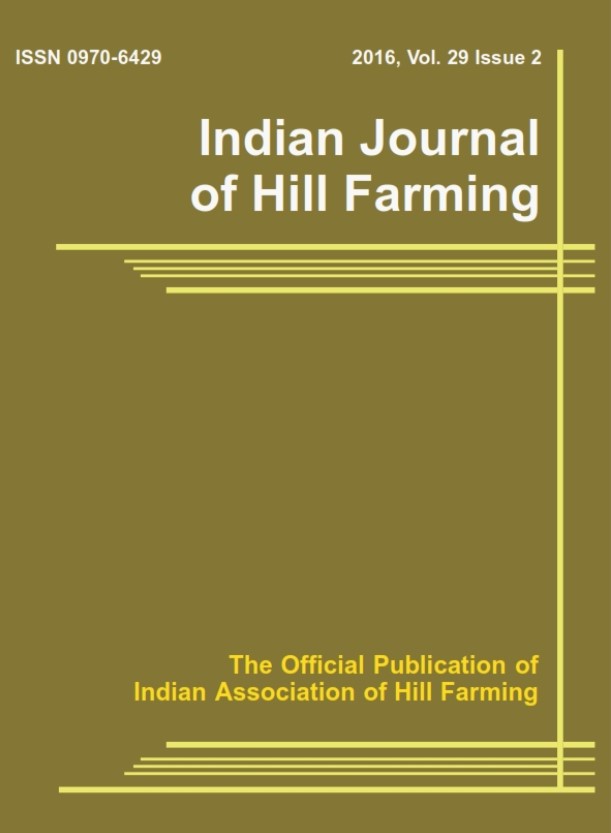Ploidy manipulation in fruit crops: A Review
Keywords:
Polyploidy, Autopolyploid, Allopolyploid and Polyploidization methodsAbstract
Meiotic abnormalities associated with the development of spindle fibres give rise to the phenomenon known as polyploidy. Polyploids may occur naturally or can be induced by artificial means. Overall, polyploidy manipulation is one of the most promising strategies in plant breeding and has been used for a long time to increase the production of many crop plants. Numerous plants typically exhibit polyploidy, which has been recognised as a significant phenomenon in the assessment of plants. Polyploid plants may experience morphological, anatomical, and physiological alterations as a result of ploidy modification that alters nuclear DNA content, gene expression, and developmental processes. In general, polyploid plants have bigger organs, more biomass, higher yields, and improved resistance to biotic and abiotic challenges. They also have higher levels of primary and secondary metabolites. Also, polyploidy often result in reduced fertility due to mitotic error and allows the production of seedless fruits. Ploidy manipulation is recognized as one of the most important technique applied in plant breeding because quick genetic improvement is achieved through the formation of synthetic polyploids. Therefore, polyploidization is an ideal tool for breeding to produce new cultivars since it usually promotes traits like high yield, larger vegetative and floral traits which are desirable for agronomical purposes. In this review we will be discussing about Ploidy manipulation, methods to induce polyploidy and importance of Ploidy manipulation.




